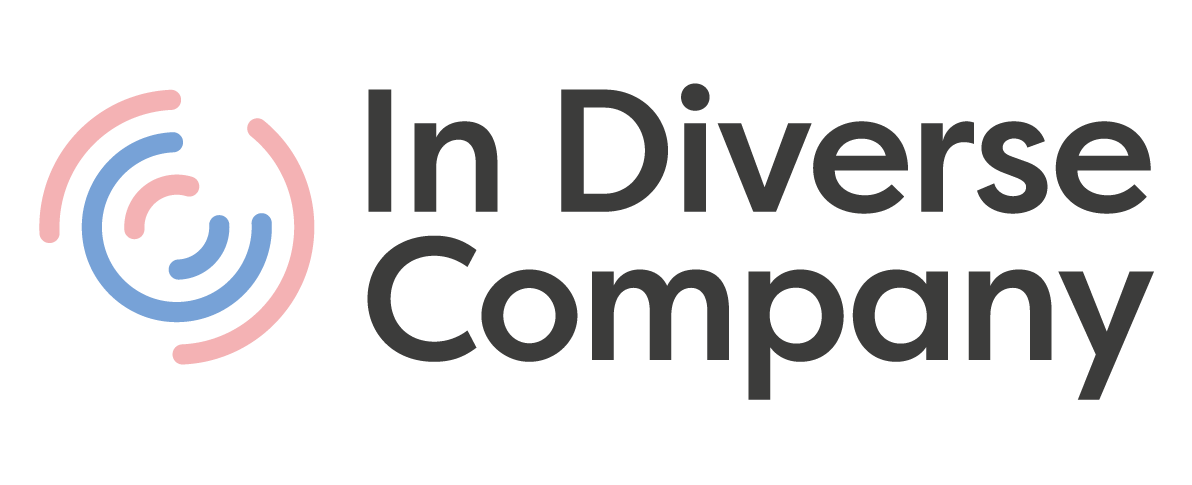By Arifa Syed, Senior Consultant
The world of work is experiencing a significant transformation, with remote working becoming one of its defining and stabilising features. While the global pandemic might have pivoted and accelerated this shift, technological advancements of the present moment have placed remote working at the forefront in the push for creating diverse, global and inclusive workforces. The benefits of this development are experienced by both the workforce and employers. For example, for the workforce, it provides opportunities for individuals with caring responsibilities and people living with disabilities, who often face exclusion, to better integrate their personal and professional lives. Meanwhile, employers see enhancements in innovation, engagement, productivity, and profitability by fostering greater diversity within their teams.
A global workforce report by Fair Play Talks – People at Work 2023 – highlights employees’ preference for flexibility. Almost 48% of respondents welcomed the possibility of relocating geographically while still working for their current employer. Nearly 3 in 10 respondents expect the ability to work from anywhere in the world to be the norm in the next 5 years. These statistics suggest that remote working is not merely a fluctuating trend, a makeshift solution for the pandemic, or even a perk that can be extended to employees – but is here to stay. It is increasingly forming one of the core expectations from employers in facilitating diversity and inclusion in their workforces.
Creating a remote workforce or a conducive environment for remote working requires concerted efforts of shifting and re-gearing current processes and practices. A crucial component of this concerted effort is the re-imagination of hiring practices as remote, hybrid or ‘phygital’ – a blend of physical and digital. Benefits of remote hiring are abounded, such as increasing diverse group representation across organisations, saving time and cost for candidates and employers, and tapping into global talent beyond geographical and temporal boundaries.
However, key challenges remain in ensuring that remote hiring practices remain inclusive and accessible, mitigating exclusion, inaccessibility, and limitations of remote hiring tools. These challenges are complex and interconnected but can be overcome with small intentional changes interwoven with insight and empathy. While certain elements of traditional hiring processes might continue to be effective – how these are adapted to a remote landscape is essential.
- Job Postings: Placing inclusive and accessible job postings on various platforms by actively considering the diversity of the candidates in terms of gender, race, age, abilities and so forth by paying attention to language, content and structure of the postings. This may include:
- Consciously writing key requirements using clear, concise and neutral language and avoiding jargon, making job descriptions easily understood by a diverse range of audiences.
- Clarifying and specifying the nature and scope of remote or flexible working, explaining transparently how remote working currently operates within the organisation to proactively manage expectations for candidates in the application process.
- Enlisting clear criteria for remote working skills such as virtual communication, proactive relationship building, self-motivation to help candidates present their best qualities.
- Interviewing: Remote interviews – despite their benefits of bringing geographically dispersed organisations and talent together – can exacerbate exclusion and biases as physical proximity and personalised aspects of traditional interviews are removed. Minimise these factors by building inclusion into the remote interview process. This may include:
- Developing a structured interview process with predetermined questions focused on the job role to ensure standardisation, and sending agenda, information and structure (or even questions) to all candidates ahead of time to prepare.
- Choosing hassle-free and accessible video conferencing platforms with clear and concise guidance and alternative options, building 5-10 minutes set-up times before interviews to address technological issues and help candidates and interviewers settle in, and offering options for closed captioning to enhance the interview experience.
- Training interviewers for inclusive practices such as empathising with mistakes, normalising awkwardness and nervousness as a part of the interview process, building ‘virtual’ conversational skills through active listening and minimising online distractions.
- Onboarding: Adapting onboarding to the new reality of remote hiring is central to providing a comprehensive and supportive experience to enhance a sense of belonging and connectivity from the get-go. This may include:
- Preparing and deploying a remote onboarding process that offers new employees adequate organisational context and all necessary documented information, material, and contacts.
- Creating a suite of virtual team-building activities and informal check-ins to help new employees feel connected, integrated and familiar with their team members.
- Ensuring all onboarding material and resources are accessible and available, considering diverse learning styles and abilities by embedding inclusive design in content creation for remote workers.
Remote hiring presents a unique opportunity for employers to build diverse and global workforces that accelerate innovation, engagement and productivity. Adapting aspects of traditional hiring processes to remote hiring is not only desired but essential in focusing on inclusivity and accessibility. This approach taps into a wider pool of talent, helps create a level playing field, and nurtures a supportive remote working environment. As remote working continues to reshape the world of work, it is now imperative for organisations to embrace and sustain these changes by adapting their hiring practices and ensuring that they remain at the forefront of creating diverse and inclusive remote workplaces.
_
References:
- https://www.fairplaytalks.com/2023/04/23/employee-expectations-for-career-development-pay-flexibility-workplace-support-on-the-rise/
- https://www.fastcompany.com/90475260/remote-work-is-the-next-diversity-frontier
- https://www.weforum.org/agenda/2022/09/inclusivity-remote-work-borderless-workforce/
Here’s your next read on how an inclusive recruitment process is more than just hiring diverse candidates.






